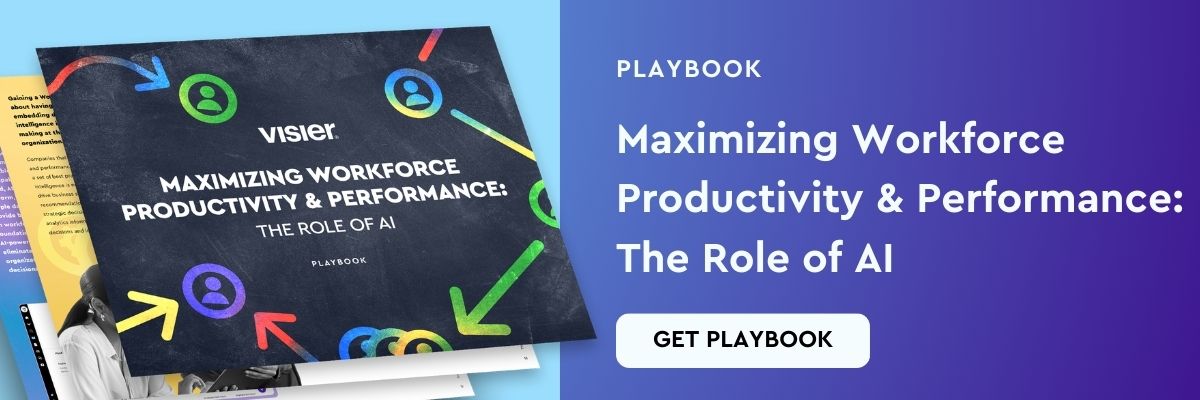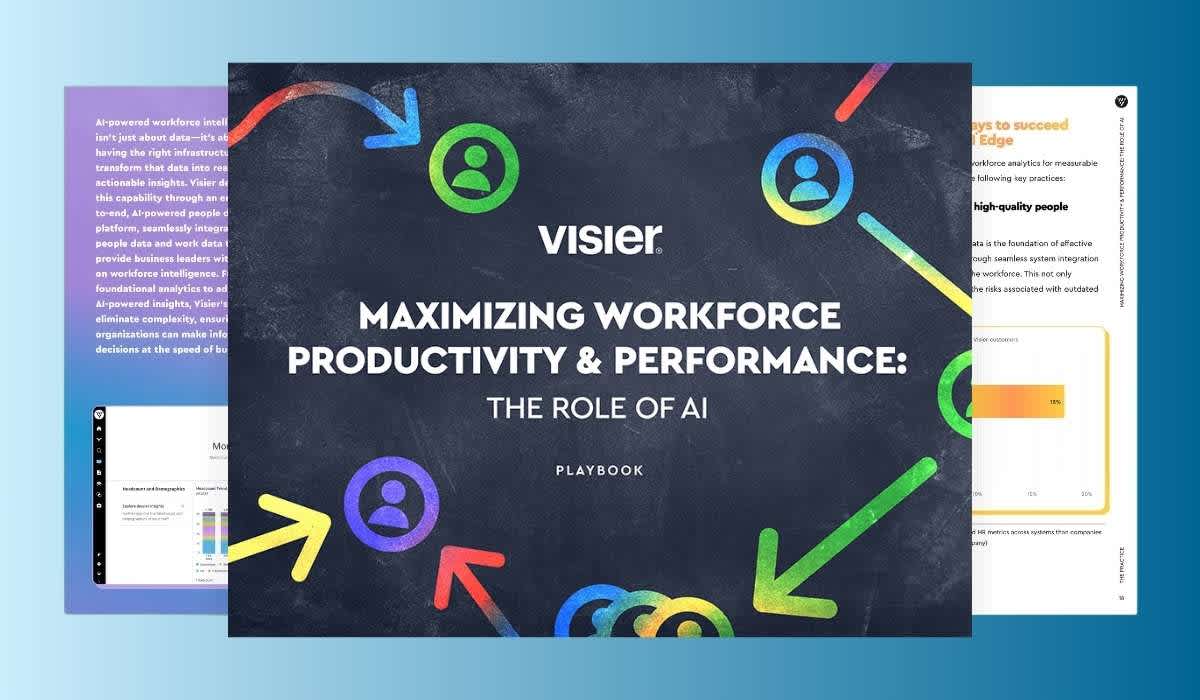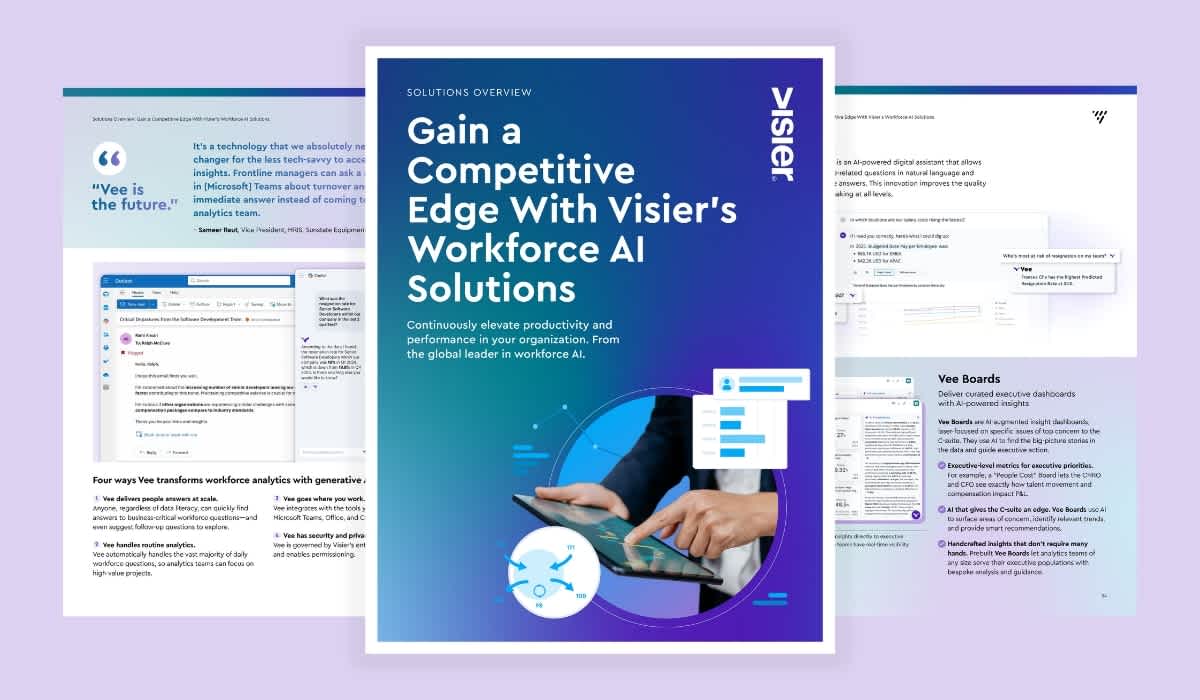7 Talent Development Strategies To Boost Productivity and Retention
Executing a deliberate talent development strategy helps to align employee development and skills with company needs. Learn more.

Your employees are one of your most important assets. That’s why in today’s fast-paced business environment, offering employees opportunities to grow is a must. Talent development strategies are simple, yet effective ways to help employees become better at what they do. They improve retention, productivity, and satisfaction, and minimize the skill gaps in the company.

What is talent development?
Talent development refers to methods that strategically develop your employees’ skills and abilities so that they align with the company’s goals and priorities, all while helping them reach their full potential.
Talent development can take many forms, including mentorships, formal training, and succession planning. It’s a must-have for any company that wants to maximize engagement, productivity, and retention. Talent development is also the backbone of internal mobility, upskilling, and reskilling, which are all essential in a fast-paced economy.
What is a talent development program?
A talent development program consists of all the methods that a company uses to develop their employees’ skills.
To design a talent development program, you’ll need to take into account factors such as:
Training methods you want to use
The company’s short-term and long-term goals
The skills you want to help develop
The structure and scope of a talent development program will vary from company to company. One company might choose to focus on a program that will assist in succession planning, while another might prefer to use this opportunity to reduce skill gaps and create mentorship programs.
The company’s goals and needs can change from year to year or even quarter to quarter, and so will the talent development programs. Always make sure your talent development strategy is aligned with the business goals and make shifts accordingly.

Why is developing talent important?
The current business landscape is changing at an unprecedented pace. Many companies struggle with employee retention. Others are facing skill gaps that are making it difficult for them to adopt new technologies or even complete tasks efficiently.
Hiring new employees may be a solution and can sometimes bridge these gaps. But that doesn’t fix issues like high turnover rates. Plus, the talent acquisition process can be very costly and comes with its own challenges.
A talent development strategy can assist with all of these issues and more. Some of its benefits include:
Lower voluntary attrition. People want to learn new things and stay with companies that give them the opportunity to grow.
Improved engagement. Engaged employees perform better, and learning and development opportunities drive engagement and satisfaction.
Reduced skill gaps. A talent development program can help you make sure you always have the right skills to get the job done and you’re never caught off guard when someone leaves the company.
Creating a pipeline of future leaders. Talent development is a stepping stone in succession planning and in developing better managers. It helps employees become more impactful, learn from one another, and be ready to take on bigger roles when the opportunity arises.
7 talent development strategies for 2025
Talent development can have incredible benefits for your company. But how can you use it all to your advantage? Here are 7 talent development strategies to help you get started.
1. Create a talent development program
A talent development program will ensure you’re on the right track from the start. Without it, you’re at risk of wasting valuable resources on things that don’t serve the company or the employees.
Create a plan to give you a general idea of what must happen. Look at where you are, where you want to get, and map out a program that will help you get from one point to the next.
Don’t be afraid to make it as detailed as it needs to be. You can also include tools you might need, learning methods you want to use, and even a timeline.
2. Get buy-in from senior leadership
Once you have your talent development program, you’ll need to get the C-suite on board. It may seem like this step is all about getting leadership approval. That’s just one part of it. The true purpose is to help leaders understand their role in the employees’ growth.
People are more likely to feel valued and become more engaged when their leaders encourage them and are actively involved in their growth. This could mean taking part in mentorship programs, discussing with employees how they’d like to develop their skills and more.

3. Tie development to the company’s mission
Development for development’s sake will only take you so far. Sure, employees will perfect existing skills and maybe learn new ones. But will that help the company?
Tie the talent development program to your company’s mission and goals. Cultivate those skills that will most benefit the business, helping employees become better at what they do.
4. Assess your existing and future skills needs
Before you can decide what skills you’ll focus on, you need to look at your current talent pool, any existing skill gaps, and future needs.
This is purely an analysis step. You don’t need to have all the answers yet. You’re simply looking to understand if you have all the skills you’ll need to reach your goals and, if not, what skills are missing.
5. Identify high-potential talent to fill those needs
Now that you understand your future skills needs, it’s time to look for people who could fill them. Many would start thinking of external talent acquisition at this point. While that may be necessary in some cases, it doesn’t need to be your first option.
Start by looking internally. Do you have employees who have those skills, even though they aren’t using them in their current jobs? Or maybe there’s someone who has adjacent skills and could easily learn the ones you’ll need in the future?
Depending on the skills you’ll need, you may also identify top performers who could upskill to take on a more senior position.
6. Create targeted talent development plans
Once you know the skills needed and the employees who could fill them, start creating targeted talent development plans. Generic plans can work in certain circumstances, but for the best results, you’ll want to get as specific as possible.
Focus on the skills that will most benefit the employees and the company. Don’t forget to take learning styles into consideration. While some thrive with practical training, others might prefer a more classical, formal type of learning.
Assess individual development needs, both in terms of skills and learning style. Try to match them with the skills needed to achieve the company’s mission, and create a program that best addresses everyone’s goals.
7. Assess the program’s impact and refine
A talent development program is not a one-and-done deal. You’ll need to constantly improve and update it according to your employees' and talent needs. Conduct a talent development assessment at regular intervals.
Check to see if the program is reaching its goals. Look at various metrics, including engagement, voluntary attrition, productivity, and more. How are your talent development strategies helping in those areas?

Must-have talent development tools
Talent development is a complex process. You don’t need a lot of fancy tools all the time. For instance, a simple mentorship program that is based first and foremost on learning from each other will need minimal tools. But there are some things you can use to make the process simpler for everyone.
Learning management systems (LMS). LMS platforms make it easier to create, deliver, and manage different types of training across different sectors. Most of them are easy to use and customize, but they’re not one-size-fits-all. Some are better for delivering video courses, others come with interactive options, testing, and more. Choose the one that best suits your needs.
Mentorship and coaching platforms. Mentoring doesn’t always require an online platform, but they make the process a lot easier. When you incorporate remote or hybrid work into the mix, a coaching platform can assist with communication, sharing tools, and tracking progress.
Online learning libraries. These are great for independent learners who’d rather get access to a course and study in their own rhythm. It might not work for all companies at all times, but they’re a valuable tool that offers learning opportunities to everyone.
Performance management systems. Assessing the efficacy of your talent development strategies is a must. A performance management system simplifies tracking progress, giving and receiving feedback, and evaluating performance. You can also use it to set goals and create a development plan.
Talent development strategies are essential if you want to future-proof your organization. They increase retention, improve engagement, and productivity, all while reducing skill gaps. You need to remember that talent development is not a process that happens overnight. Quite the opposite. It is long and complex and requires careful planning and continuous assessment.
Read more about talent development
Employees and organizations thrive when everyone is empowered to grow. Talent development is at the heart of that growth. Learn more here.
Talent density boosts productivity, innovation, and growth. Learn strategies for building, balancing, and measuring talent density in your workforce.
Learn to harness AI, automation, and people analytics to hire, retain, and develop your workforce. Get the free guide here.



